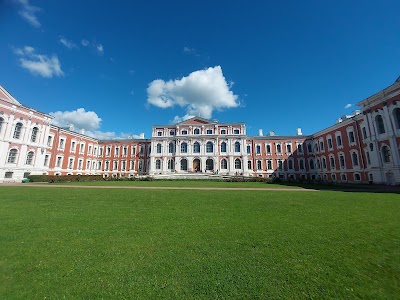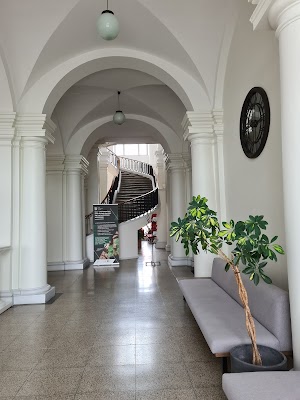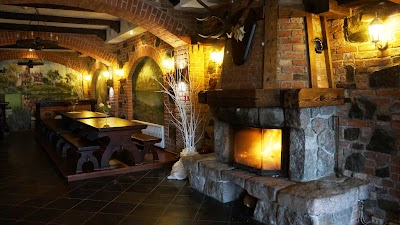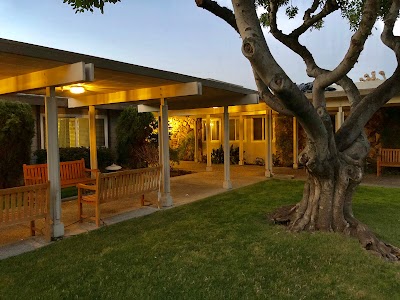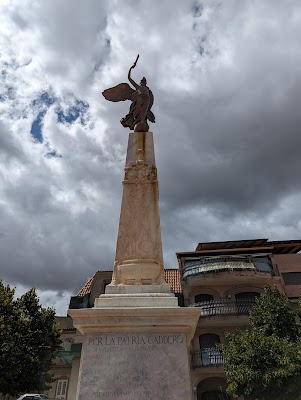Jelgava Palace (Jelgavas pils)
Overview
Introduction to Jelgava Palace
Jelgava Palace, or Jelgavas pils, is a magnificent baroque structure located in the heart of Jelgava, a charming city in Latvia. Originally built in the 18th century as the summer residence for the Duke of Courland, it stands as a testament to the grandeur of the era and the architectural prowess of its designer, Bartolomeo Rastrelli. For travelers unfamiliar with Latvia, this palace is not only a significant historical monument but also a cultural hub that offers a glimpse into the country's rich heritage.
Architectural Marvel
As you approach Jelgava Palace, you will be struck by its impressive facade, characterized by elegant lines, intricate details, and a stunning central dome that dominates the skyline. The palace is adorned with ornamental sculptures and expansive staircases leading to the entrance, inviting visitors to explore its opulent interiors. Inside, the grand halls are filled with exquisite decorations, period furniture, and captivating art that tell stories of the ducal life and Latvia’s history. The combination of baroque elegance and neoclassical influences makes this palace a remarkable example of architectural beauty.
Historical Significance
Jelgava Palace has played a pivotal role in Latvian history. It served as the residence of the Dukes of Courland, who were influential figures in the region during the 17th and 18th centuries. The palace witnessed numerous significant events, including the signing of treaties and royal gatherings. Today, it houses the Latvian Agricultural University, further linking it to Latvia’s educational and agricultural advancements. This blend of past and present creates a rich narrative that resonates throughout the halls of the palace.
Visiting the Palace
For visitors, Jelgava Palace offers a range of experiences. Guided tours are available, providing insights into its architectural features and historical context. Strolling through the beautifully landscaped gardens that surround the palace is a must, as they offer a peaceful retreat and stunning views of the building. The gardens are ideal for a leisurely walk, a picnic, or simply enjoying the serene ambiance. Additionally, the palace often hosts cultural events, exhibitions, and concerts, making it a vibrant part of the local community.
Exploring the Surrounding Area
Jelgava itself is a delightful city worth exploring. Close to the palace, you will find charming streets lined with cafes, shops, and local markets. Make sure to visit the nearby St. Anna's Church, an architectural gem with a stunning interior. The city is also home to the picturesque Lielupe River, where you can enjoy various outdoor activities such as boating or cycling along scenic paths. The welcoming atmosphere of Jelgava, combined with its historical sites, makes it an excellent destination for travelers looking to immerse themselves in Latvian culture.
Conclusion
In conclusion, Jelgava Palace is not just a stunning architectural landmark; it is a symbol of Latvia’s rich history and cultural evolution. Whether you are an architecture enthusiast, a history buff, or simply a curious traveler, a visit to Jelgava Palace will leave you with lasting memories and a deeper understanding of Latvia's heritage. So pack your bags, set your travel itinerary, and prepare to be enchanted by the beauty and history that awaits you at Jelgava Palace!


